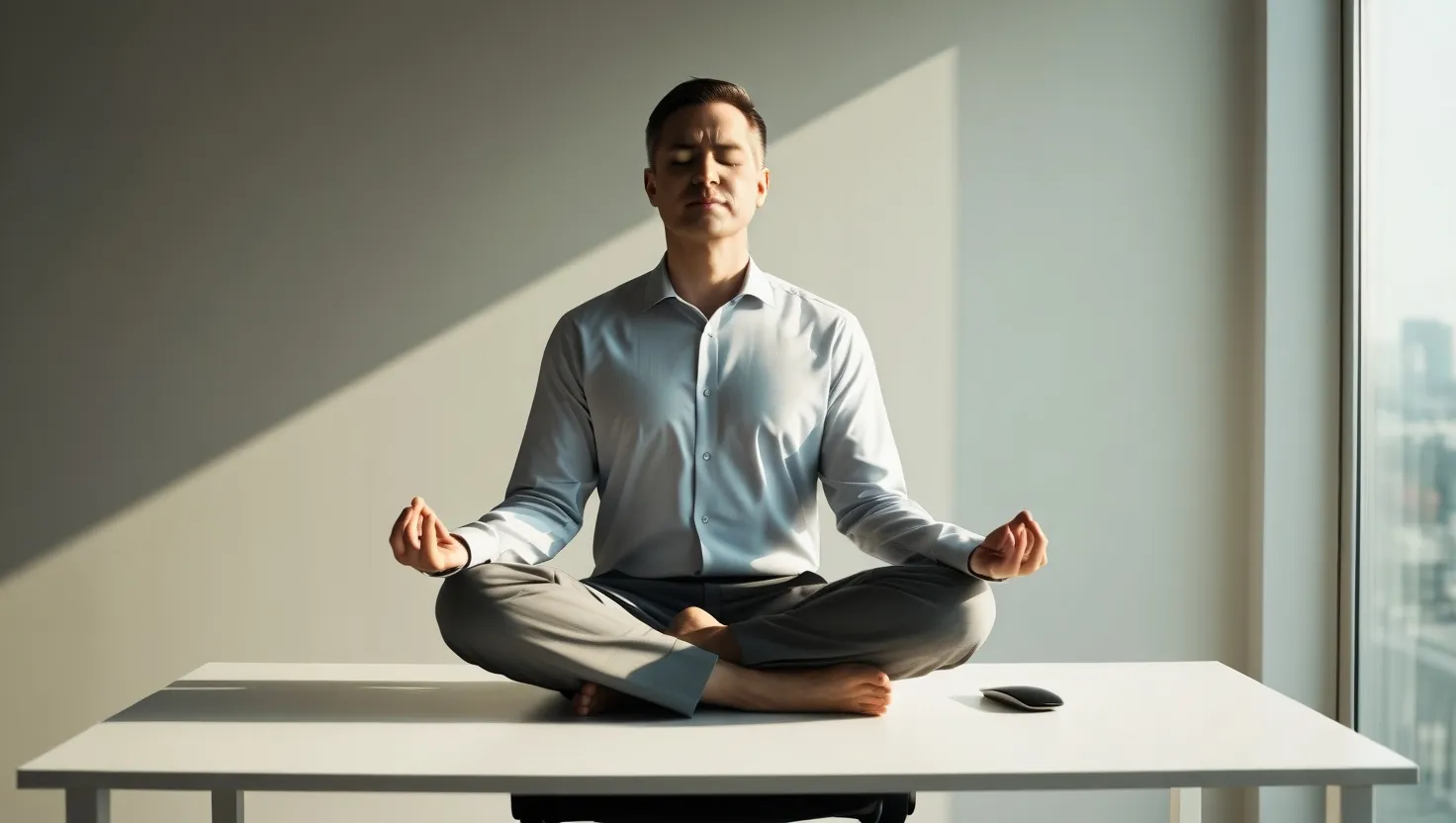The Future of Leadership: Emotional Agility and Intelligence
Leadership is changing. It's not just about making tough decisions or having technical know-how anymore. The future belongs to leaders who can connect emotionally with their teams and navigate the complexities of human relationships.
Think about it. We're living in a world that's more connected than ever. Our workplaces are diverse melting pots of cultures, generations, and perspectives. In this environment, the old-school, top-down leadership style just doesn't cut it anymore. People want leaders who understand them, who can relate to their struggles, and who can inspire them to be their best selves.
This is where emotional agility and intelligence come into play. These aren't just buzzwords – they're essential skills for any leader who wants to succeed in today's business world.
So, what exactly is emotional intelligence? It's basically the ability to recognize and manage emotions – both your own and those of others. It's about being aware of how you're feeling, understanding why you're feeling that way, and using that knowledge to guide your behavior.
But emotional agility takes things a step further. It's about being flexible with your emotions, adapting to different situations, and responding in ways that align with your values. It's not about suppressing your feelings or always being "positive." Instead, it's about acknowledging your emotions, good or bad, and choosing how to respond to them.
Let's break this down with a real-world example. Imagine you're leading a team through a tough project. Deadlines are tight, resources are scarce, and tensions are running high. An emotionally intelligent leader would recognize the stress and frustration their team is feeling. But an emotionally agile leader would go beyond that. They'd acknowledge their own feelings of pressure and uncertainty, then consciously choose how to respond. They might decide to be vulnerable with their team, sharing their own concerns while also expressing confidence in the team's abilities. This approach can build trust, boost morale, and ultimately lead to better outcomes.
Now, you might be thinking, "That sounds great, but I'm not naturally good with emotions." The good news is that emotional agility isn't something you're born with – it's a skill you can develop. It starts with self-awareness. Pay attention to your emotions throughout the day. What triggers certain feelings? How do those feelings affect your behavior?
Once you're more aware of your emotions, you can start practicing regulation. This doesn't mean suppressing your feelings. Instead, it's about pausing before you react, considering the situation, and choosing a response that aligns with your values and goals.
Another key aspect of emotional agility is empathy. This means truly trying to understand others' perspectives and feelings. It's not about agreeing with everyone all the time. It's about creating an environment where people feel heard and valued.
Let's look at another example. Say you're leading a team meeting, and one of your team members seems disengaged and irritable. Instead of getting frustrated or ignoring the behavior, an emotionally agile leader would try to understand what's going on. Maybe they'd take the person aside after the meeting and ask if everything's okay. This simple act of empathy could uncover underlying issues and lead to better communication and productivity.
Building a supportive work environment is crucial for emotionally agile leadership. This means fostering open and honest communication. It's about creating a space where people feel safe to express their thoughts and concerns without fear of judgment or retaliation.
Resilience is another key component of emotional agility. In today's fast-paced business world, change is constant. Leaders need to be able to adapt quickly and bounce back from setbacks. Emotionally agile leaders don't just cope with change – they embrace it. They see challenges as opportunities for growth and learning.
Managing destructive emotions is also a crucial skill for leaders. We all experience negative emotions like anger, fear, or frustration. The difference is in how we handle them. Emotionally agile leaders don't let these emotions control them. Instead, they acknowledge the feelings, understand where they're coming from, and channel that energy into productive action.
So, how can you start developing your emotional agility? Here are a few practical steps:
First, show up to your emotions. Don't try to ignore or suppress your feelings. Acknowledge them, even the uncomfortable ones. Treat yourself with kindness and compassion, especially when things aren't going well.
Next, step out of your emotions. This doesn't mean ignoring them, but rather gaining some perspective. Try to look at the situation objectively. What's really going on here? What's the best way to respond?
Then, walk your why. Remember your core values and goals. Use these as a guide for your actions. When faced with a difficult decision, ask yourself, "What would the best version of me do in this situation?"
Finally, move on. Make small, deliberate changes in your habits and mindset. Emotional agility isn't about massive overnight transformations. It's about consistent, incremental improvements over time.
As we look to the future of leadership, it's clear that emotional agility and intelligence will play an increasingly important role. In a world where artificial intelligence and automation are taking over many routine tasks, uniquely human skills like empathy, creativity, and emotional intelligence become even more valuable.
Companies are starting to recognize this. Many major corporations are now incorporating emotional intelligence training into their leadership development programs. They're realizing that leaders who can connect emotionally with their teams are more effective at driving engagement, productivity, and innovation.
But it's not just about business success. Emotionally agile leadership can also lead to more fulfilling work experiences for everyone involved. When leaders create an environment of trust and understanding, people feel more comfortable being their authentic selves at work. This can lead to increased job satisfaction, lower stress levels, and better work-life balance.
Think about the best leader you've ever worked with. Chances are, they weren't just technically competent – they probably made you feel valued, understood, and inspired. That's the power of emotional agility in action.
As you continue on your leadership journey, remember that emotional agility isn't a destination – it's an ongoing practice. There will always be new challenges and situations that test your emotional skills. The key is to approach each one as an opportunity for growth and learning.
So, are you ready to embrace the future of leadership? Are you willing to do the inner work required to become more emotionally agile? It's not always easy, but the rewards – both for you and for those you lead – are immense.
In the end, the most effective leaders of the future won't just be the ones with the best strategies or the most innovative ideas. They'll be the ones who can connect deeply with others, navigate complex emotional landscapes, and inspire their teams to reach their full potential. They'll be the emotionally agile leaders who can adapt to whatever challenges come their way.
The future of leadership is here, and it's all about emotional agility. Are you ready to step up and lead the way?






